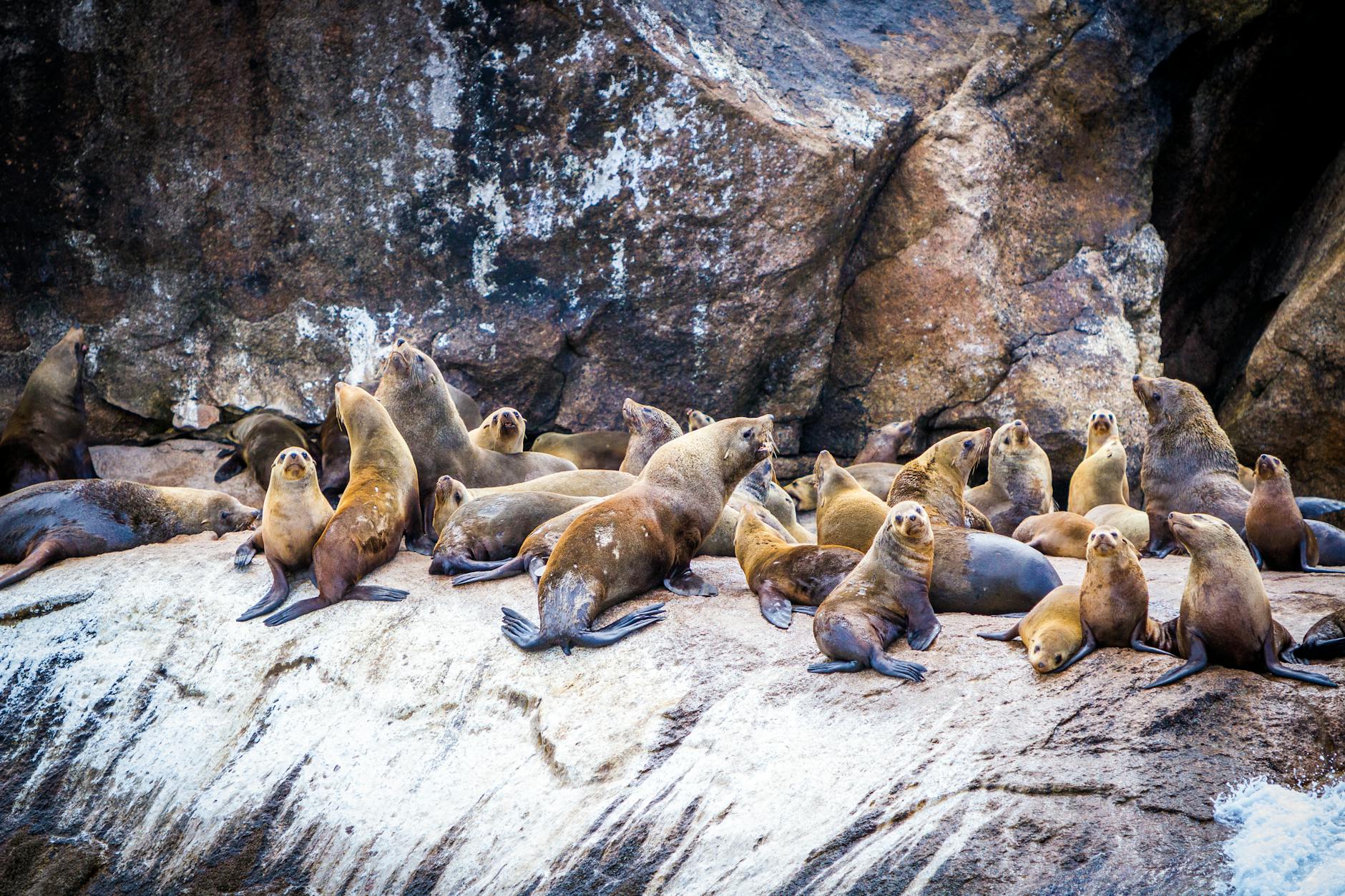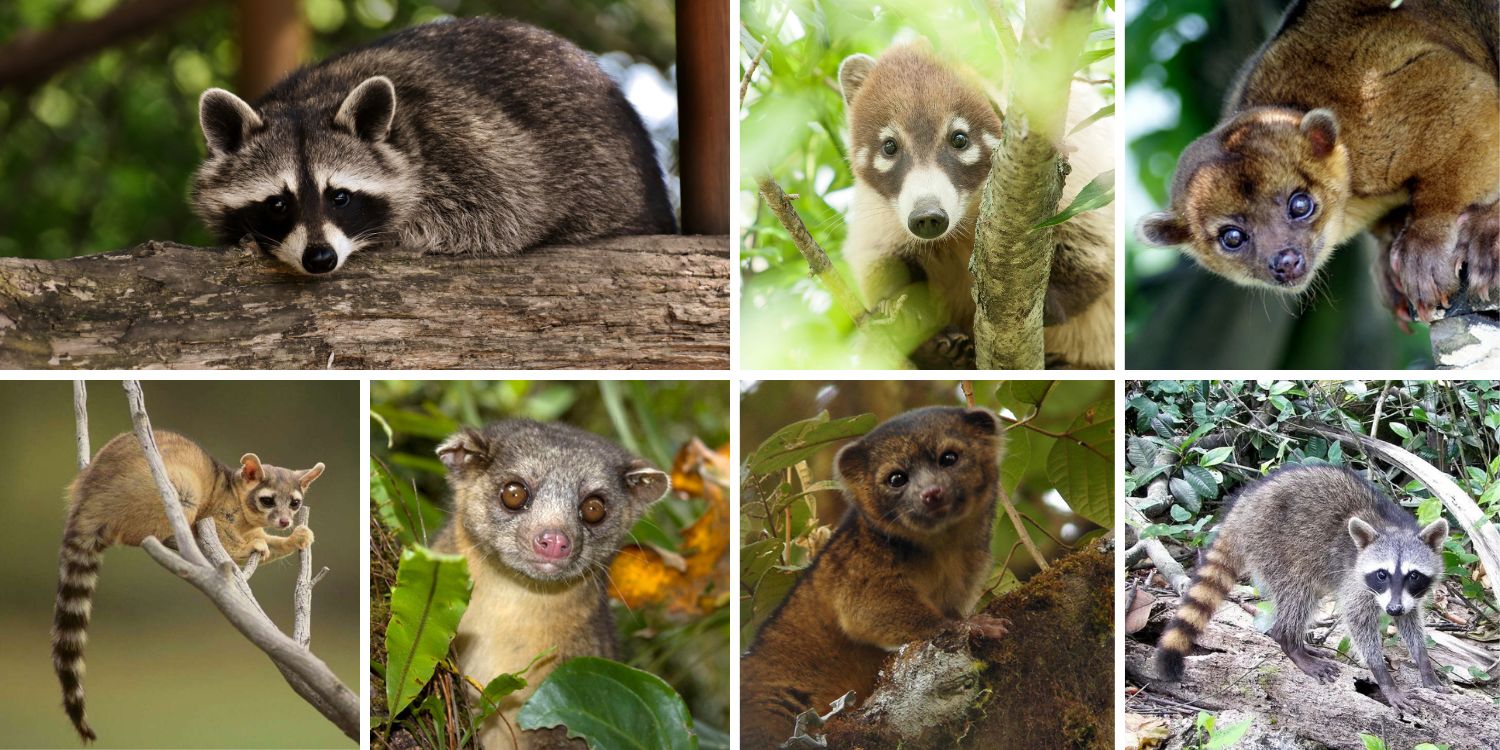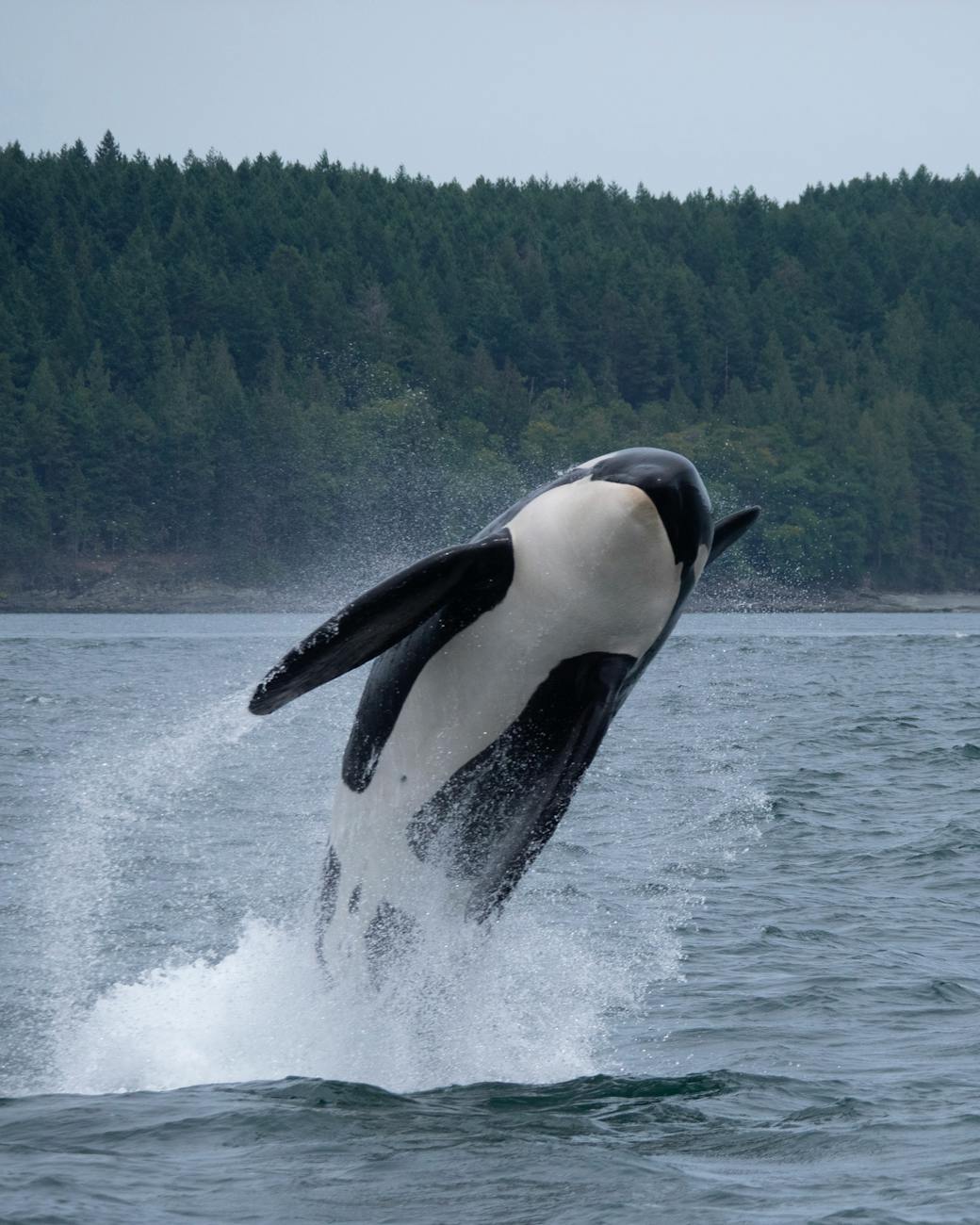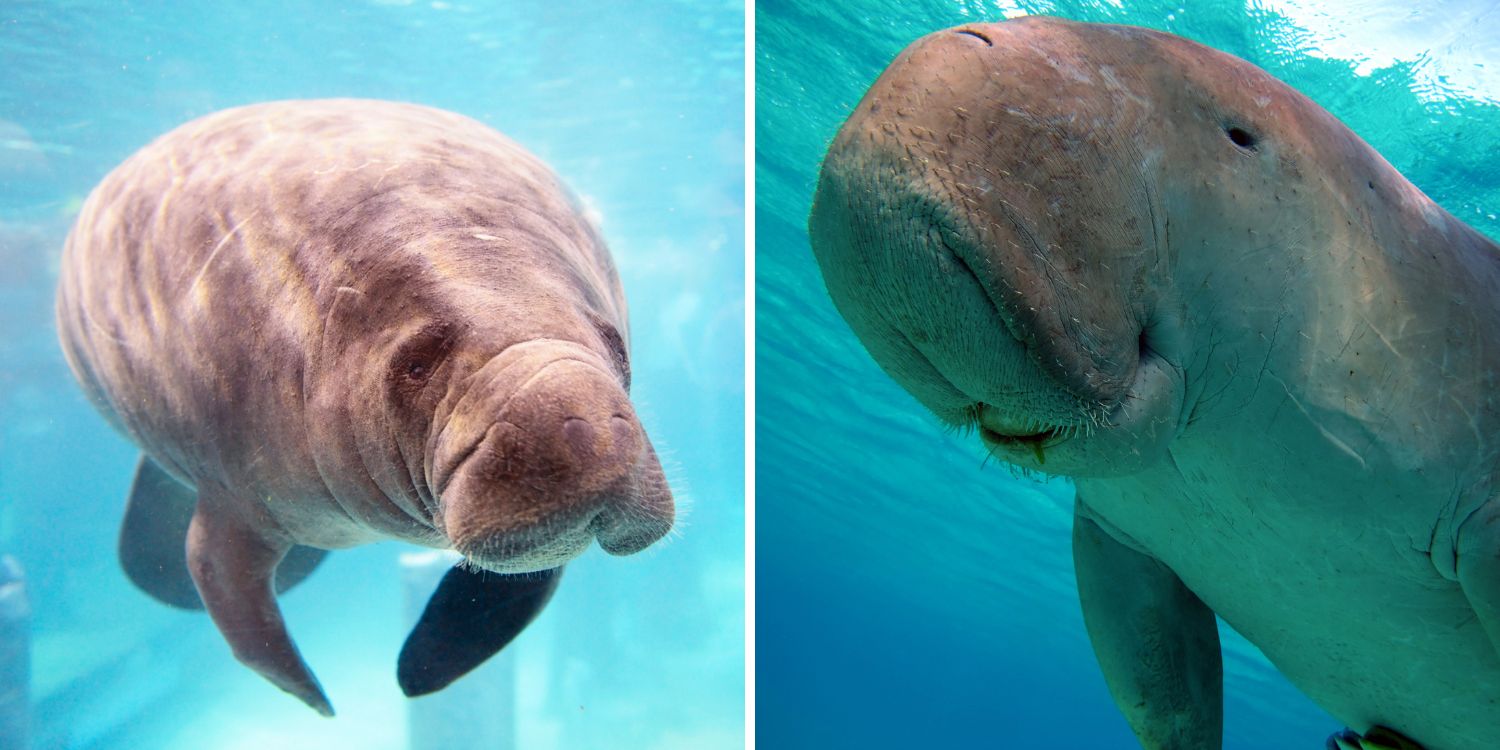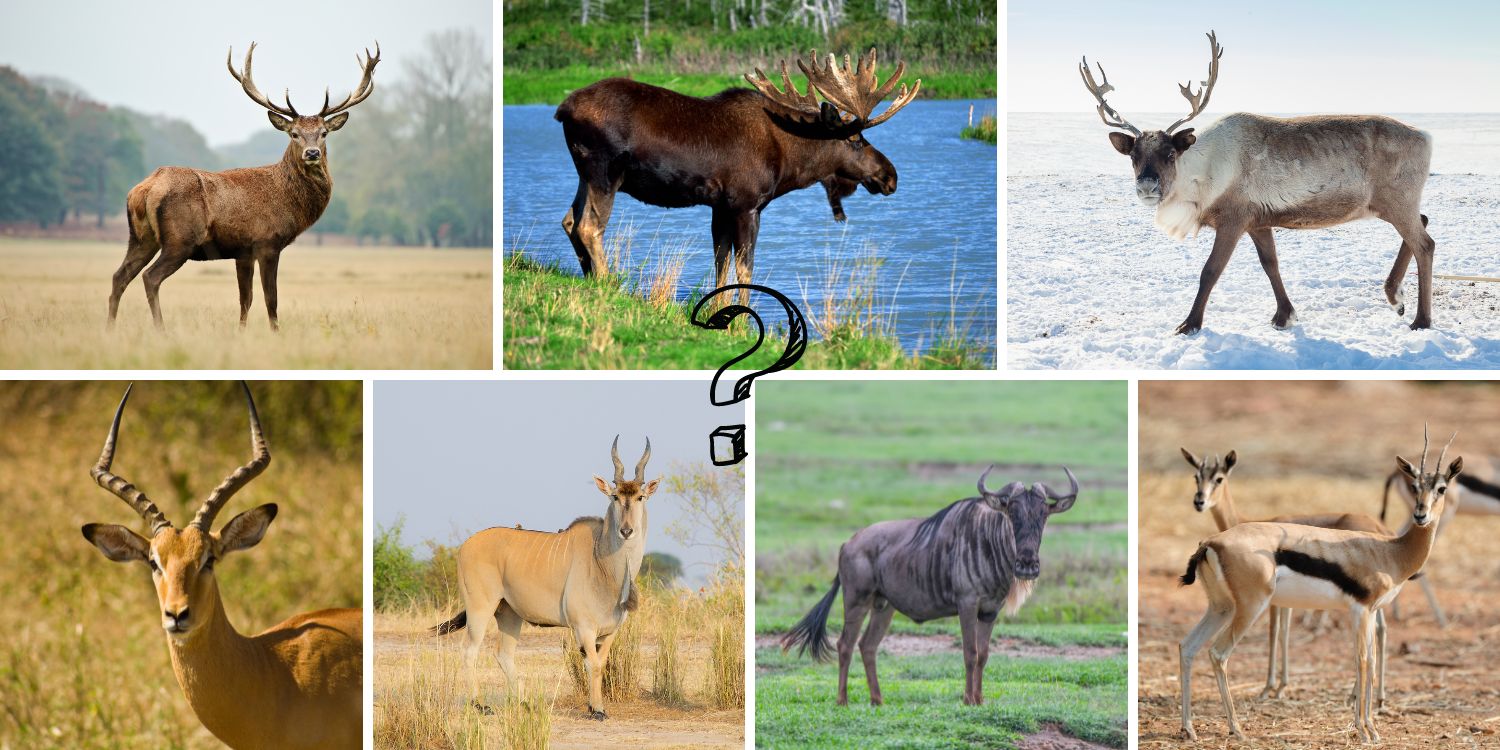
The sprawling savannas and dense forests of our world are home to a magnificent array of herbivores. Two particularly captivating groups that often cause confusion are deer and antelopes. While both are graceful, hoofed mammals with a taste for leaves and grasses, they belong to distinct families and possess unique characteristics. Let’s embark on a journey to differentiate these often-mistaken creatures.
Family Matters
- Deer: These elegant animals belong to the Cervidae family. Familiar members include white-tailed deer, mule deer, elk, moose, reindeer, and fallow deer.
- Antelopes: Antelopes belong to the Bovidae family, a broader group that also encompasses cattle, bison, sheep, and goats. Within Bovidae, there’s a subfamily specifically for antelopes – the Antilopinae. This subfamily boasts a vast diversity of species, from the tiny royal antelope to the majestic giant eland and the seemingly committee-built wildebeest.
Head Gear Glory (or Lack Thereof)
A key difference lies in their headwear:
- Deer: Only male deer grow antlers, and these impressive structures are made of bone and shed annually. They are typically large, branched, and serve purposes like fighting for mates and displaying dominance. Female deer are typically antler-free.
- Antelopes: Both males and females of some antelope species can grow horns, although the horns of females are generally smaller. Antelope horns are permanent structures made of keratin, the same protein as our hair and nails, and grow continuously throughout their lifespan. These horns are typically straighter and more pointed than antlers.
Built for Different Terrains
Their body types also reflect their ecological niches:
- Deer: Deer tend to have a more slender build with long legs, making them agile browsers that can navigate through dense forests and thick undergrowth.
- Antelopes: Antelopes showcase a wider range of body shapes. While some, like the gerenuk, are adapted for browsing in trees, many species have a more stocky build with powerful legs, ideal for grazing in open grasslands and savannas. Their speed and agility make them adept at escaping predators.
A Tale of Two Tails
Even their tails offer a hint to their identity:
- Deer: The tails of deer are typically short and white-tipped, raised high when startled.
- Antelopes: Antelope tails can vary in length, but they are generally longer and thinner than those of deer, and held upright or curved.
A Range of Reigns
Deer and antelope have different geographic distributions:
- Deer: These creatures are primarily found in North America, Europe, Asia, and parts of South America. They have successfully adapted to a wider range of habitats, from forests and mountains to grasslands and wetlands.
- Antelopes: The vast majority of antelope species are native to Africa, with a smaller number found in parts of Asia. They primarily inhabit savannas, grasslands, and woodlands.
A Shared Future
Despite their differences, both deer and antelope play vital roles in their ecosystems. They are important herbivores, helping to maintain healthy forests and grasslands – and they serve as prey for the larger predators. Sadly, both groups face threats from habitat loss, poaching, and competition with livestock. Conservation efforts are crucial to ensure their continued existence for generations to come.
So, the next time you encounter a grazing mammal in the wild, take a closer look at its antlers or horns, its body shape, and its tail. By understanding these key characteristics, you’ll be well on your way to correctly identifying whether that is a deer or an antelope at play.

